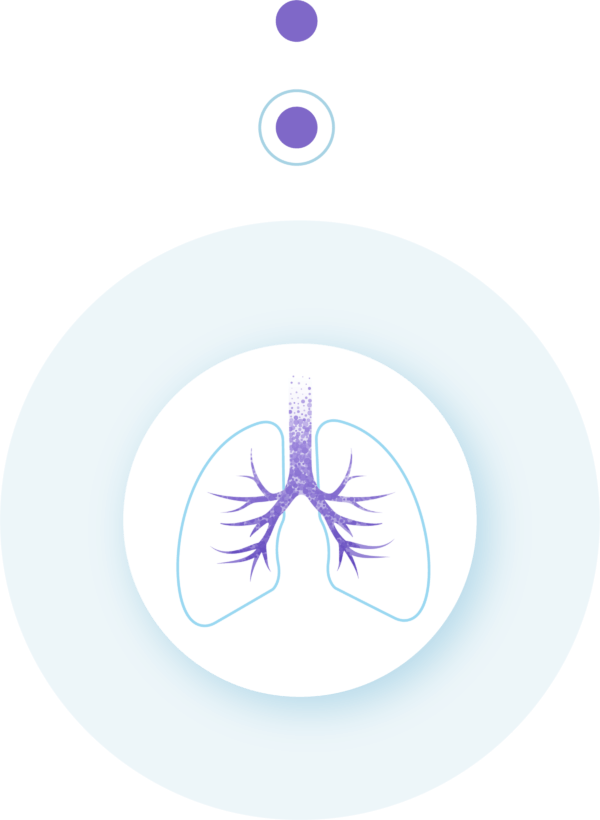Studieoverzicht
Study name: CA245-001 TIGOS: A Randomized, Double-Blind, Multicenter Phase 3 Trial of BMS-986489 (BMS-986012 + Nivolumab Fixed Dose Combination) in Combination with Carboplatin plus Etoposide vs Atezolizumab in Combination with Carboplatin plus Etoposide as First-line Therapy in Participants with Extensive-Stage Small Cell Lung Cancer (TIGOS)
| Histology | SCLC | ||
|---|---|---|---|
| Tumor stage | Stage III - IV | ||
| Host / recruiting site 1 | Amsterdam UMC | Enrollment | Recruiting |
| Host / recruiting site 2 | UMC Groningen | Enrollment | Recruiting |
| Therapy line | First line (1L) | ||
| Design |
Study CA2450001 is a randomized, double-blind, 2 arm, multicenter Phase 3 trial to compare the efficacy and safety of BMS-986489 in combination with chemotherapy (induction) followed by BMS-986489 maintenance vs atezolizumab in combination with chemotherapy (induction) followed by atezolizumab maintenance as 1L therapy in participants with ES-SCLC. |
||
| Intervention | A. BMS-986489 in combination with carboplatin plus etoposide Q3W (induction) followed by BMS-986489 maintenance Q4W (Arm A) |
||
| Key outcome parameters | Overall Survival (OS= time from randomization until death from any cause) |
||
| Key inclusion criteria | a. Must have a diagnosis of Extensive-Stage Small Cell Lung Cancer (ES-SCLC). This is a type of lung cancer that has spread widely in the body. |
||
| Key exclusion criteria | a. Patients who have a different type of cancer than Extensive-Stage Small Cell Lung Cancer (ES-SCLC) cannot participate. This is a specific type of lung cancer that has spread widely in the body. |
||
| Contact information | Log in voor de contactinformatie | ||




